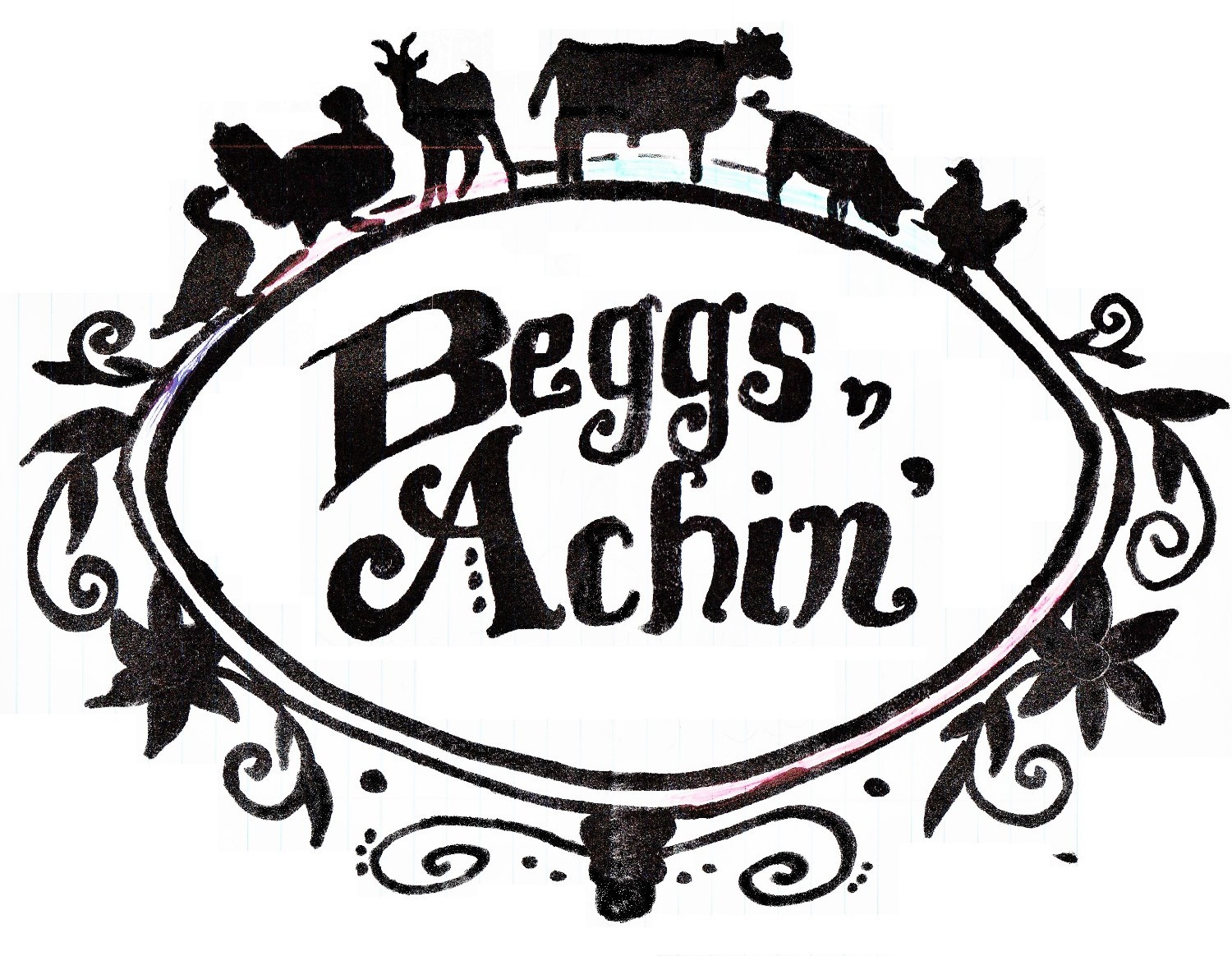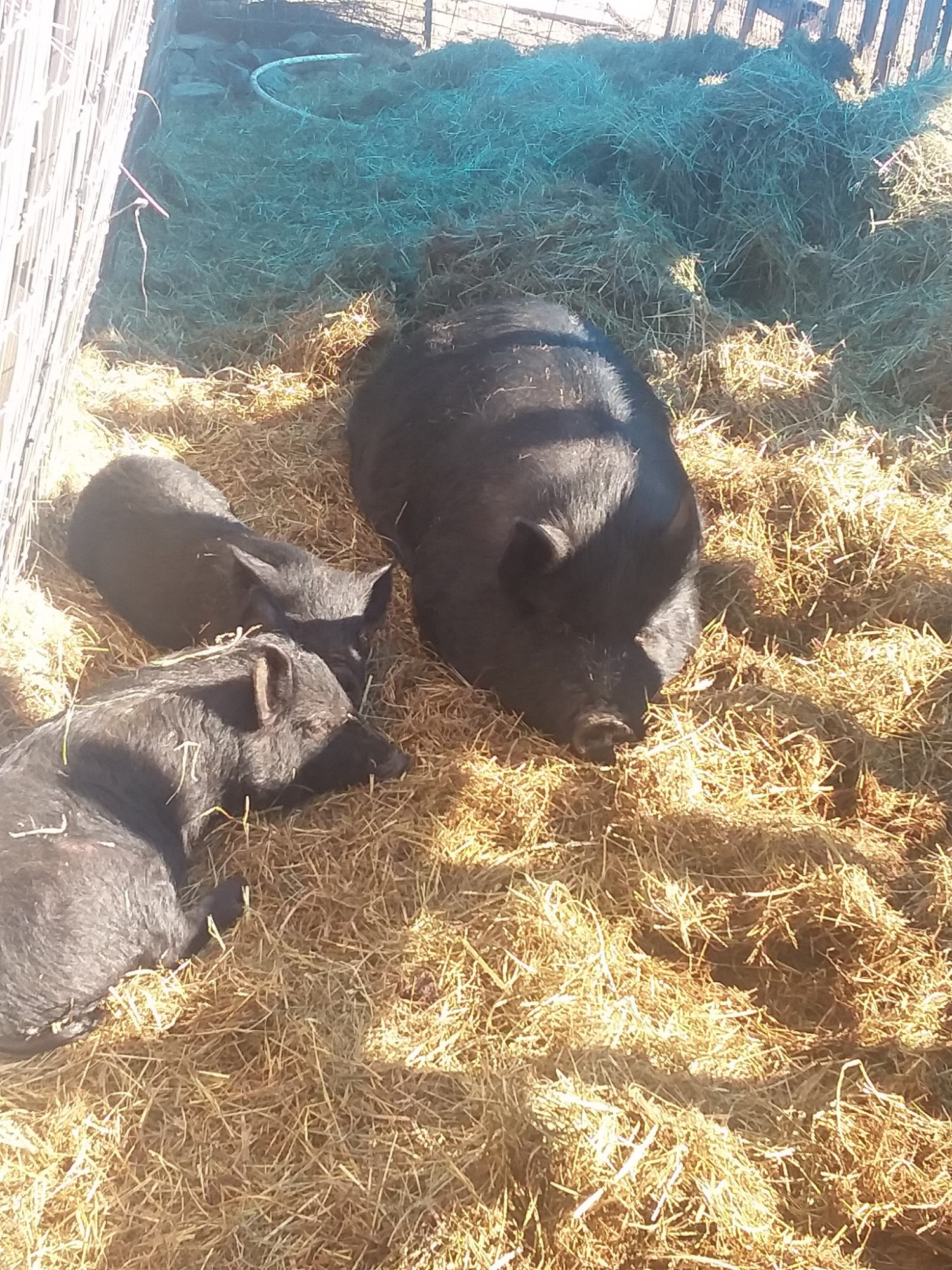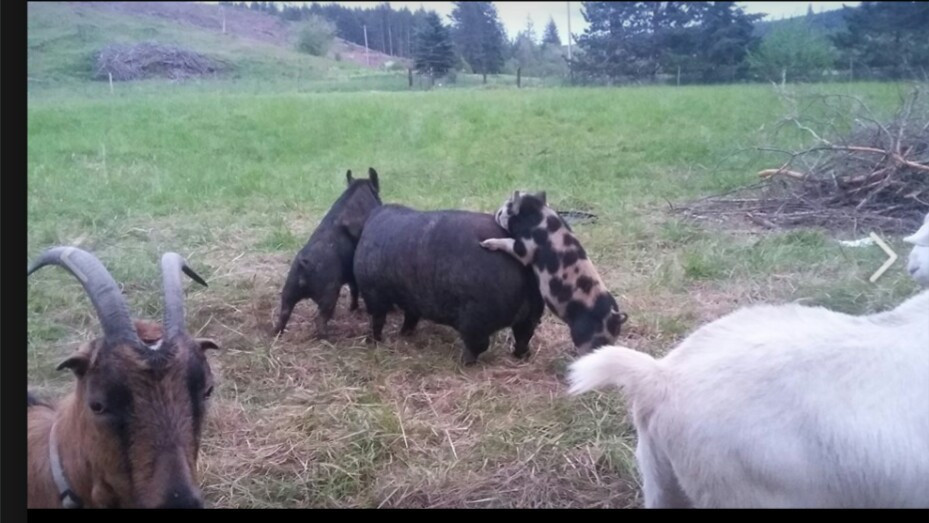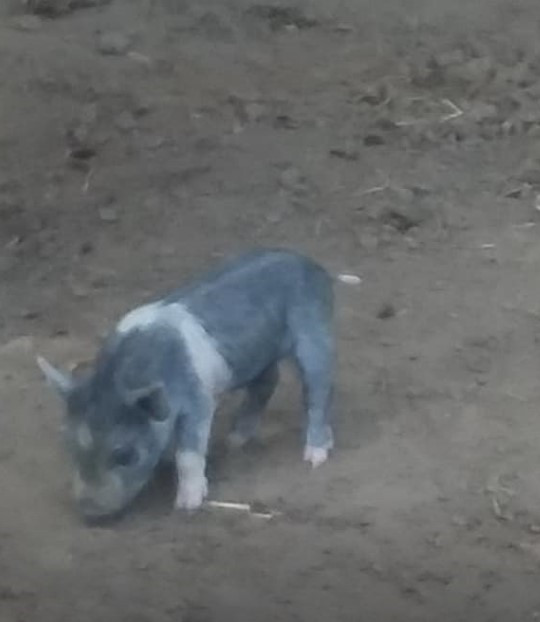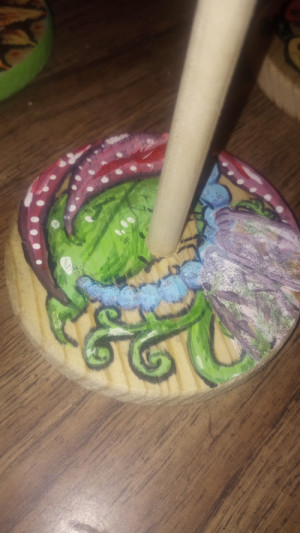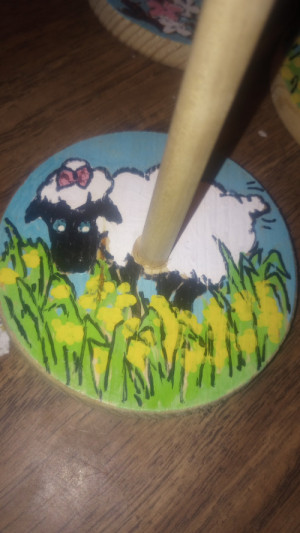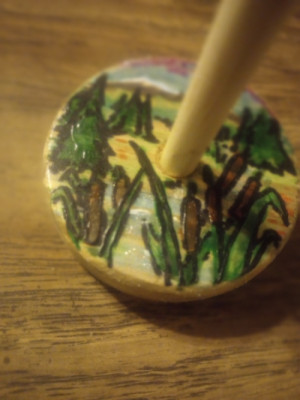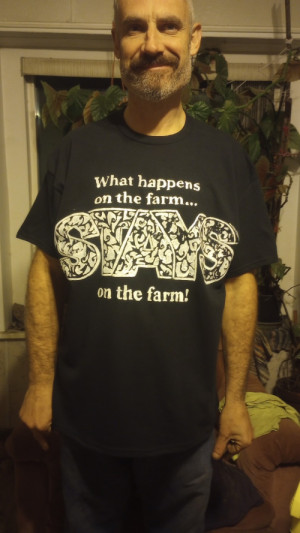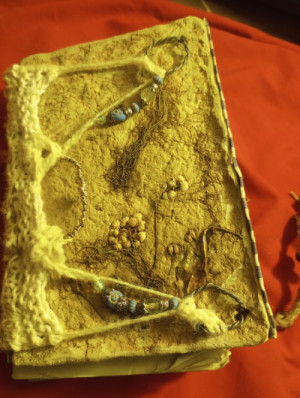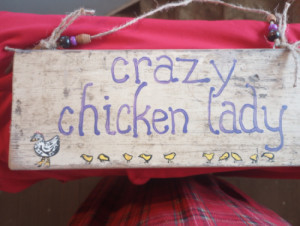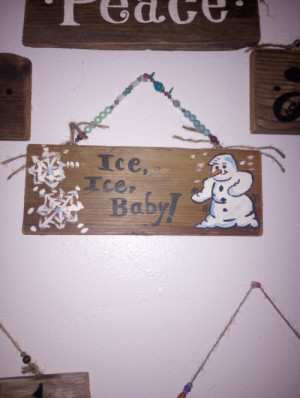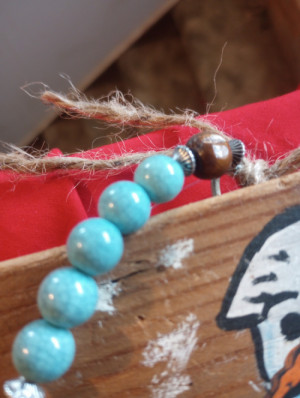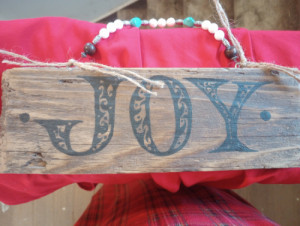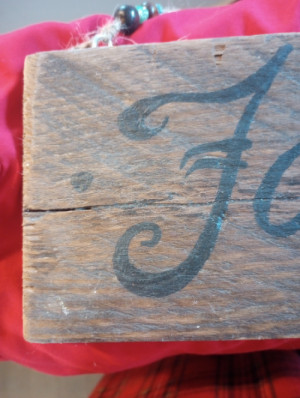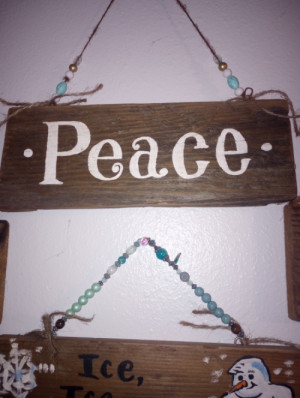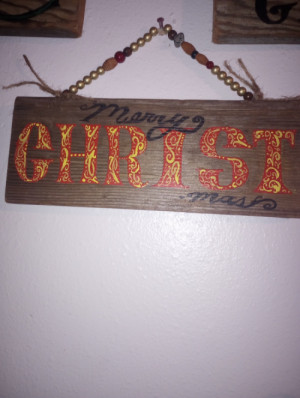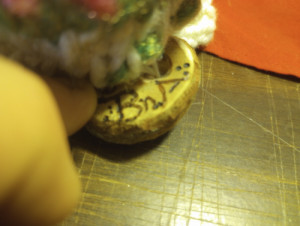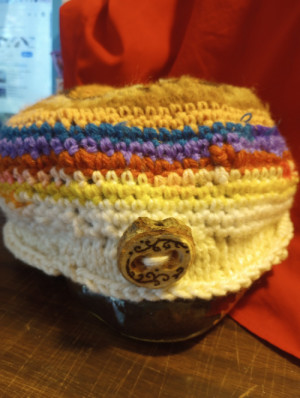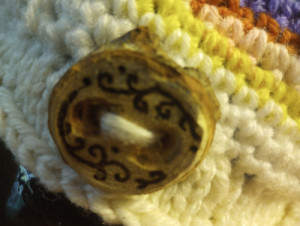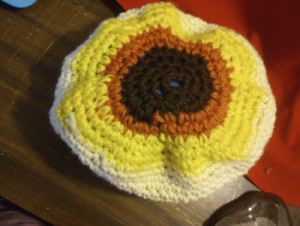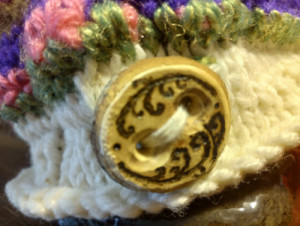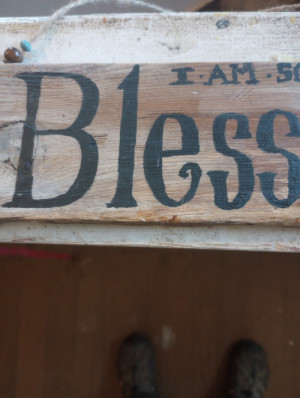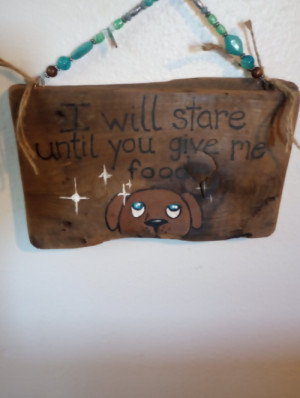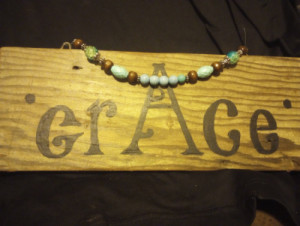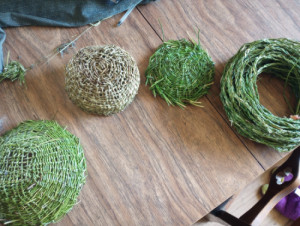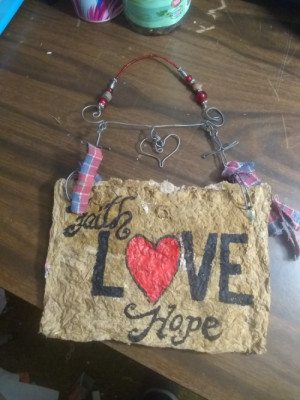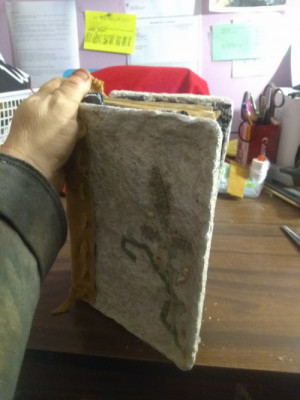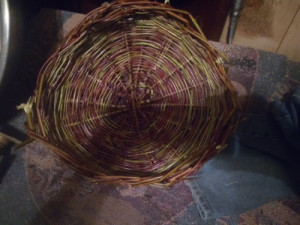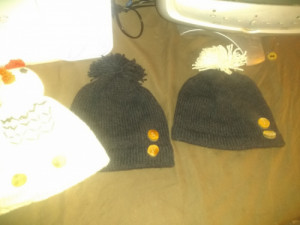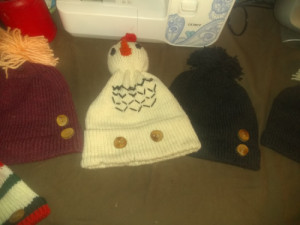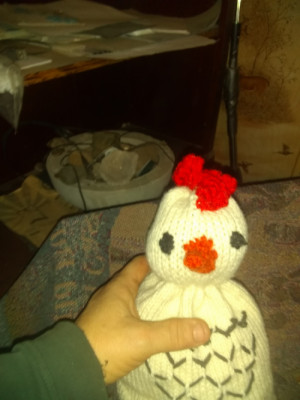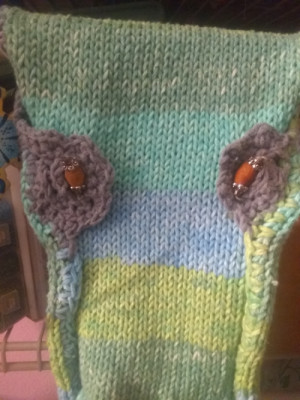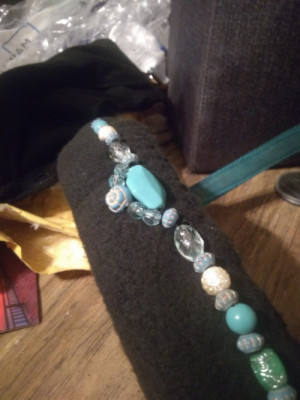LITTLE PIGS VS BIG PIGS: {And in this paragraph we're talking about "little" pigs being AGH/Kune Kune vs the large hog breeds traditionally raised and sent off to butcher. On our website and on our farm, because it's a doggone mouthful since we started our new mix, we call "big" pigs, our new little/big mixes. More on that on the "big" pigs page. I know... it's confusing. Now try saying, "American Guinea Hog/ Kune Kune crossed with Yorkshire/Hampshire/Duroc" a lot of times. Now you know why I call them "big" and "little", here. lol
This question was asked recently by a customer new to the little pigs. They were told repeatedly by many folks to not get the Kune Kune pigs for their homestead, that they were "full of fat, and not worth the trouble".
In some ways, that is absolutely true. It's all in how you feed them, really, and how much you want to spend feeding them.
Do you want a pig that grows out in 6 months and is worth the money to send to butcher? Do a big pig. Like large hog breed. They grow fast and big and give you enough meat to warrant the cost of kill fee, cut and wrap, and the cost of doing that for a WHOLE pig vs going to the store for some pork chops. $4 a lb times 300 lbs equals $1200. They also eat WAY more grain. So your feed bill is larger. We h ave two large sows currently, and two small sows. The small sows exist on mostly hay, forage, and I use half a 50 lb sack of a cob mix called "Barnyard Buffet" for two small sows with babies. I put Porkarena, our big sow, in the same stall (they all coparent, makes better babies and easier on the mamas), and now that is a full sack of grain.
Also, these little breed pigs are more for the small homestead, meant to be home processed. You won't get as much meat, and if you feed a lot of grain, they go to fat very easily. If you want to be self sufficient and feed these guys on almost nothing and have super cheap meat, albeit smaller, the little guys are the way to go. The fat, in homestead fashion, is used to make soap, mix in dog food mixes, salves/lotions, lubricate tools, put on boots... you name it. We have made fire starters for the wood stove. Homesteaders use every part of the pig, from tail to snout. Sending one to a butcher, that won't happen. You get just your meat, according to what you specify. I process one pretty much alone, although my daughter helps me a lot when hubs isn't home. We get a couple pigs killed, skinned, gutted, portioned out into quarters in about three hours. Then later I take an hour or so for cut and wrap. I haven't let one chill overnight yet- we just kill it and process it. After the first one or two, it's really not that big of a deal. The pigs are smaller, and I have a tractor to make it easy for my weakling body.
I am a short woman, so I started with the little pigs on an acre of land, and found quickly that they are every bit as strong as a big pig. No way could I hold in a 100 lb ticked off mama from getting out of her pen with a gate. She mowed me down. My 6 ft 3 husband, too. So when we got 13 acres, we got bigger pigs to mix with the little boar, to see how that would fare. To make customers happy that want a bigger pig.
We found that between the two breeds, they tear up the field equally the same. If they have plenty of grass, they don't tear things up as much. They find every spring on our hillsides and dig down, looking for mud to roll in, and water. They both equally are messy with their water trough, knocking it over to make a mud wallow.
They both root equally, in that, wherever you want a hole, pour grain there. They will eat all the grain, and then root to get every last speck of grain dust. Then the chickens will come in and scratch around, looking for crumbs. This comes in handy, if you want to work compost with them, or till up your garden spot.
When the grass is gone, they will root more. Both breeds. When the ground is muddy, they will root more. If it is raining, they will root more. Obviously, the bigger pigs root deeper, but little pigs are no slouches in that department. I just use their abilities where I want that to happen- my garden. The length of my field for a water ditch. Knocking down a hillside a little flatter and level. They have little shovels on the end of their noses. Use that.
I have seen both the big pigs and the little pigs make an oval "hole" in the hay and make a nest for their babies. So far, they mother equally, with my larger sow being less psycho than the smaller breeds. They tended to be wilder, but I culled for gentler traits, and the ones I have remaining let me work with their babies, under protest. One should still respect those babies, though and not let them scream. That's Farm 101. Don't mess with babies if you like your legs.
So, conclusion: Smaller pig equals smaller meat portions, but almost free. Larger pig equals more meat but also more expense.
These aren't my pigs, but shown here to give you an idea of butcher weight, how many pounds in meat, housing setup. This person gave permission for me to use her info here to help people answer those questions. These are American Guinea Hogs, not crossed with Kune Kune, but are almost identical to my grown AGH/KK.
Title. Double click here.
Title. Double click here.
Title. Double click here.
Title. Double click here.
Title. Double click here.
WE DON'T HAVE PIGS ANYMORE- But there's still plenty of piggy info that might help someone else on my piggy pages in the drop down menu up top.
